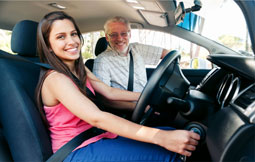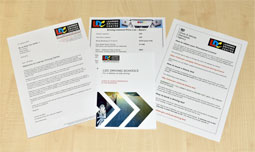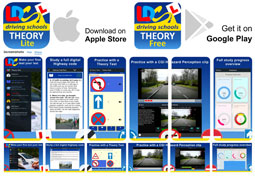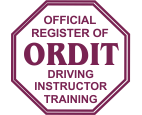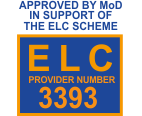Introduction
There are 13 common hazard types or categories that you need to look out for while on the test or indeed while on the road for real. These are shown below.
In the previous section about the test you will have started to appreciate the difference between a "potential hazard" and a "developing hazard". The two can be the same but occasionally you will see a potential hazard that has not yet started to become a developing hazard. This is why it is possible to click too early on certain clips and score zero. This is also why the official introduction video to the test tells you to click each time you see a change. For example, if someone ahead indicates to turn left or right it doesn't necessarily mean it is the start of a developing hazard it all depends upon whether the proposed manoeuvre will cause you to slow down or change position. At the point this becomes likely the developing hazard will start. Never-the-less you should still click if the vehicle ahead indicates or brakes even if you are unsure whether a hazard has started to develop or not but remember to continue to click as further clues or changes occur.
The reason why most experts recommend you click up to 3 times as the hazard develops is to overcome the potential problem of clicking too early and thus missing the start of the score window. The start point of most of the developing hazards shown on the actual test are quite obvious and it is only the odd developing hazard where this may be a problem. You needn't worry about clicking too early just make sure you continue to click as more clues or changes materialise. In this way you will be certain of scoring on every clip.
1 Zebra crossings & traffic controllers
2 Pedestrians: Children & young adults
3 Pedestrians: Elderly & infirm
4 Pedestrians: Adults
5 Cyclists & motorcyclists
6 Horse riders & other animals
7 Vehicles: moving off or pulling up
8 Vehicles: meeting
9 Vehicles: emerging
10 Vehicles: turning left or right
11 Vehicles: reversing & U-turns
12 Vehicles: larger Vehicles
13 Vehicles: flashing lights
Full details of the characteristics of each of the above hazard types and how to deal with them can be found on any of the LDC products that contain the Hazard Perception program.

